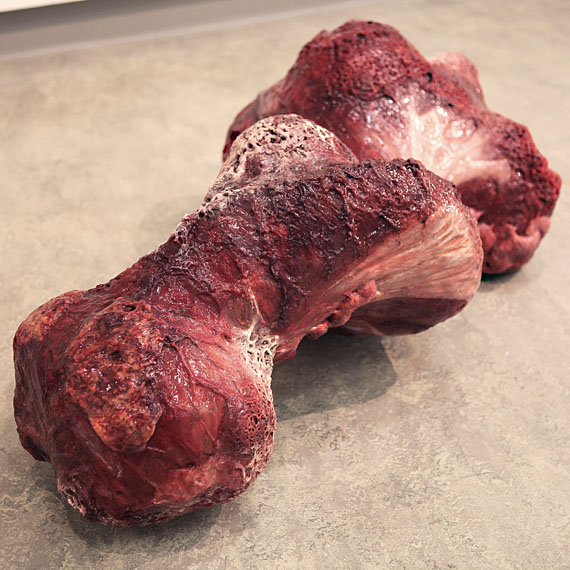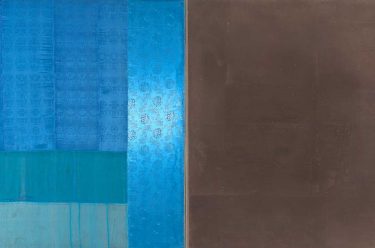
Opening 3 August, the ‘National New Media Art Award 2012’ is an exciting overview of Australian artists working at the intersection of art and technology.
Selected from across Australia, the exhibition profiles innovation made possible through the use of advanced medical apparatus, motion-tracking sensors, increasingly sophisticated custom programming and even nano-technologies.
An interesting trend to emerge from the Gallery’s research this year is the many different ways in which robotics and Artificial Intelligence have been incorporated into the field of art, and the range of social and cultural perspectives highlighted therein.

Kirsty Boyle’s Tree ceremony 2010 approaches the integration of robotics from a Japanese perspective, a country which holds a holds a widespread fascination and affection for technology. Boyle’s kimono clad robot Suki executes a peaceful and rhythmic performance honouring the living bonsai tree beside her. The work draws on the artist’s comprehensive knowledge of advanced Artificial Intelligence and traditional Japanese mechanical doll making known as karakuri ningyo. This gentle approach to robotics also reflects the karakuri ningyo association with Shintoism, the indigenous religion of Japan.

Zwischenräume 2010-12 by Petra Gemeinboeck and Rob Saunders is similarly a work for contemplation, but is more restless and questioning. Hear that knocking on the wall? The artists have implanted advanced robots, with the capacity to study and respond to their environment, behind the plasterboard and they are breaking through to watch you.
As the robots possess the capacity for creative learning: not only does the audience interact with, and contemplate the work, it also interacts and considers the audience. Friend or foe? It is hard to tell — but they point to a very different future on the horizon in which we share our space, both physical and cultural, with cognizant creations of our own design.

This more western, potentially darker, take on the future of robotics, as is often seen in Hollywood blockbusters, can also be seen in Ian Haig’s ambiguous visceral form Some Thing 2011. Inspired by the prosthetic designs found in the B-grade ‘body horror’ films of the 1970s and 1980s, this twitching, jerking and pulsating robotic sculpture, confronts our fundamental fears surrounding the vulnerability of our fleshy vessels and the effects of aging, sickness and mutation. It makes visible our unconscious horror that, within our form, we carry the biological seeds of our own destruction.
Our next National New Media Art Award post will focus on New Media and therapeutic design, the works of Karen Casey, George Poonkhin Khut and Leah Heiss. What are you thoughts on art and technology?

